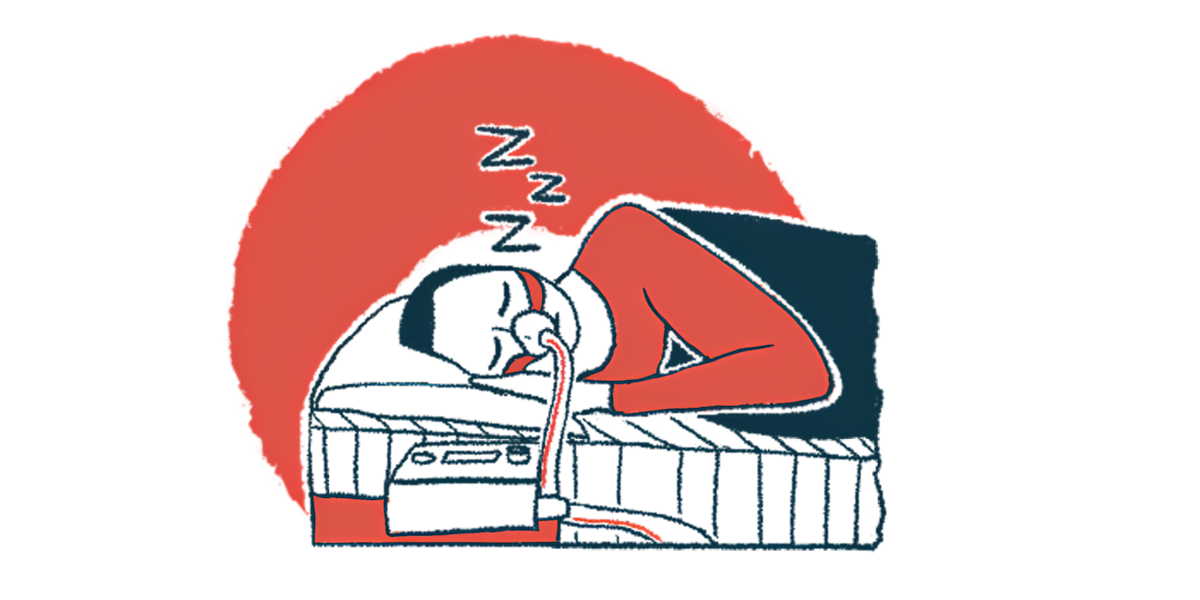Surgery for sleep apnea found less effective for children with PWS
Growth hormone, testosterone therapies linked to risk of sleep apnea: Study
Written by |

Adenotonsillectomy, or surgery to remove the adenoids and tonsils, is less effective at relieving obstructive sleep apnea in children with Prader-Willi syndrome (PWS) than in those without the disease, according to a study in the U.S.
Data also showed hormone therapies commonly used to manage PWS may further increase the risk of obstructive sleep apnea, a disorder marked by pauses in breathing that disrupt oxygen flow and sleep.
Because many factors can cause obstructive sleep apnea in PWS patients, adenotonsillectomy may not be as successful at treating the condition as it is for otherwise healthy children, researchers wrote.
Children with PWS “would likely benefit from multidisciplinary care to treat their OSA [obstructive sleep apnea] and mitigate the effects of untreated disease, and further studies determining best practices for caring for these patients are necessary,” researchers note.
The study, “Adenotonsillectomy success for treating obstructive sleep apnea in children with Prader-Willi syndrome,” was published in the International Journal of Pediatric Otorhinolaryngology.
Obstructive sleep apnea common in people with PWS
PWS is a rare genetic disorder with a wide range of symptoms, including low muscle tone from infancy, excessive hunger that leads to early-onset obesity, intellectual disabilities, and behavior problems.
About 80% of people diagnosed with PWS are estimated to have obstructive sleep apnea. In healthy children, the main cause of the sleep disorder is enlarged tonsils and adenoids, making adenotonsillectomy the first-line treatment, with high success rates usually.
However, in PWS, obstructive sleep apnea is thought to arise from a combination of several factors, including obesity, low muscle tone, a small lower jaw, and a narrowed throat region behind the mouth.
“The complex nature of sleep apnea in PWS patients has led to lower reported success rates with [adenotonsillectomy],” the researchers wrote. “As untreated sleep apnea can lead to major cardiovascular and respiratory complications, it is important to understand the disease process and how to effectively treat the condition.”
With this in mind, a team of researchers in the U.S. analyzed electronic health records of 2,163 children with PWS from the TriNetX database, a federated network of anonymized patient health records from healthcare institutions around the world.
Nearly half (47%) were diagnosed with OSA, and 123 underwent surgery to remove their tonsils or adenoids, or both. A control group of 127,748 children without PWS who underwent surgery for obstructive sleep apnea was also studied for comparison.
Rates of surgery success rates were determined by the absence of OSA between six months and five years after surgery. Results showed the success rate of all forms of surgery was significantly lower in PWS patients, with 39% achieving OSA resolution compared with 79.6% of children without PWS.
Analyses showed similar findings, with 36.8% of PWS patients achieving OSA resolution compared with 82.1% of non-PWS controls who were matched in terms of age, sex, and body mass index (a ratio of height and weight).
Further analyses showed growth hormone and testosterone therapies, commonly used in PWS to manage hormone deficiencies, were linked to an increased risk of OSA.
Growth hormone use associated with 40% increased risk of sleep apnea
Specifically, growth hormone use was linked to a 40% increased risk of the sleep disorder, while testosterone therapy was associated with a 60% higher risk.
The link with growth hormone use may be due to therapy-induced growth of lymphoid tissues (immune structures) like the tonsils and adenoids, which can narrow the upper airway and contribute to obstruction during sleep, according to the researchers.
Being obese or using growth hormone therapy was not found to directly affect the success of adenotonsillectomy for OSA.
In addition, children with PWS were more significantly likely to require continuous positive airway pressure (CPAP) than their non-PWS peers (10.4% vs. 2.2%). CPAP is a non-invasive treatment that uses mild, constant air pressure delivered through a mask to keep the airways open during sleep.
The researchers suggested this finding is “likely due to the lower success rates of surgical intervention.”
“Adenotonsillectomy has significantly lower rates of success at treating pediatric OSA in patients with PWS,” the researchers wrote. “Other common interventions for children with PWS such as [growth hormone] therapy may overall improve the health of these patients but have mixed effects on OSA.”
The team emphasized the need for more research to identify the best therapeutic strategies for OSA in children with PWS.






